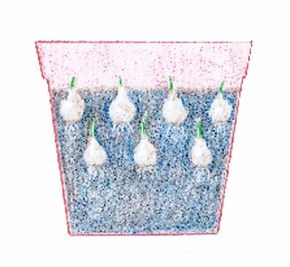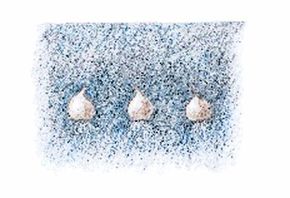If you envision a garden blooming with color, check out bulbs. These hearty plants require some maintenance, but the reward is plants that can bloom year after year. If you're wondering how to plant bulbs successfully and curious about the variety of options before you, don't fret -- we have you covered!
Whether you're interested in spring bulbs, summer bulbs, or fall planted bulbs, each of these seasons can be highly satisfying for those with green thumbs. In this article, we'll discuss the year-round caring of your bulb garden and how to avoid weather or pest-related issues.
Advertisement




